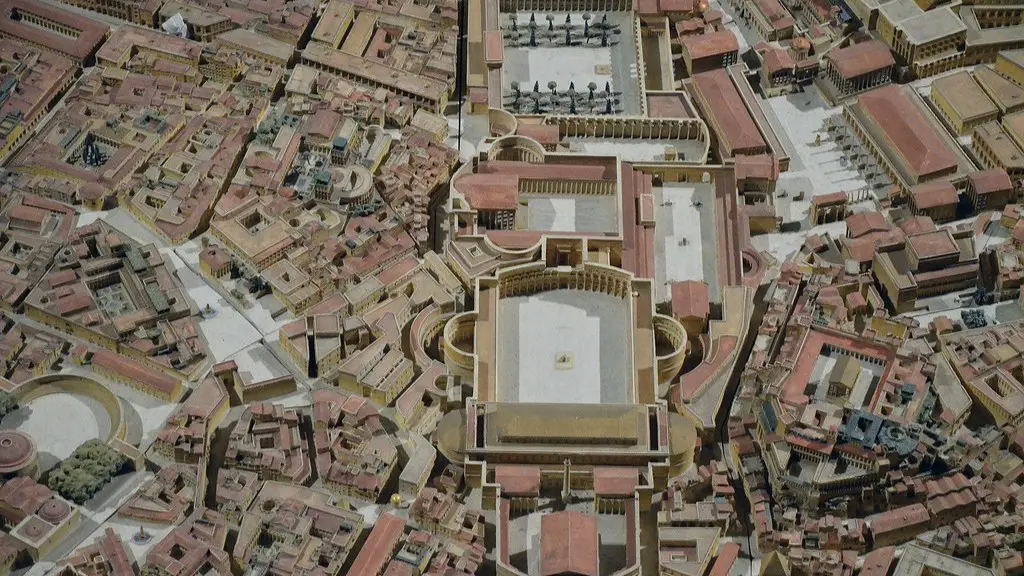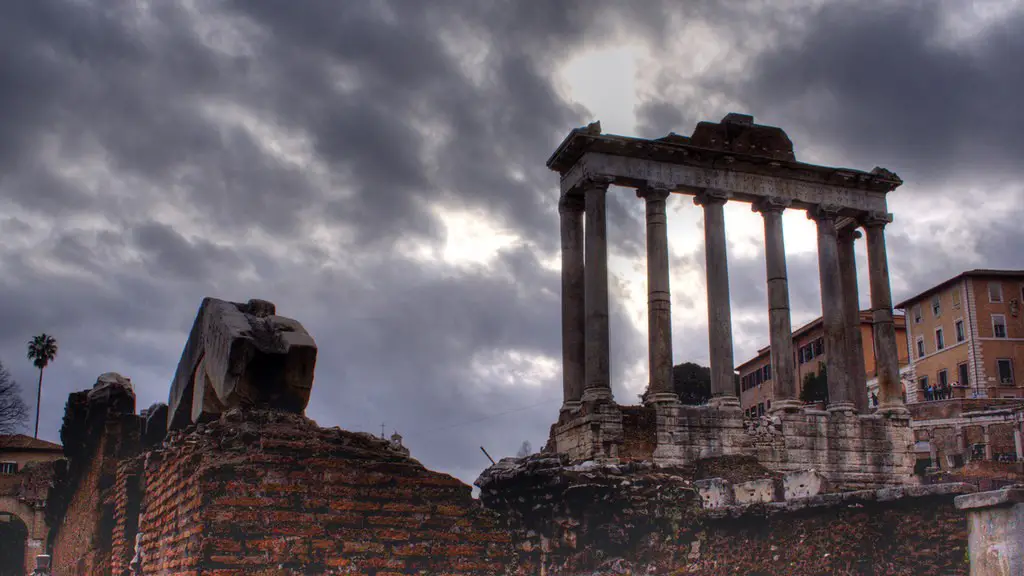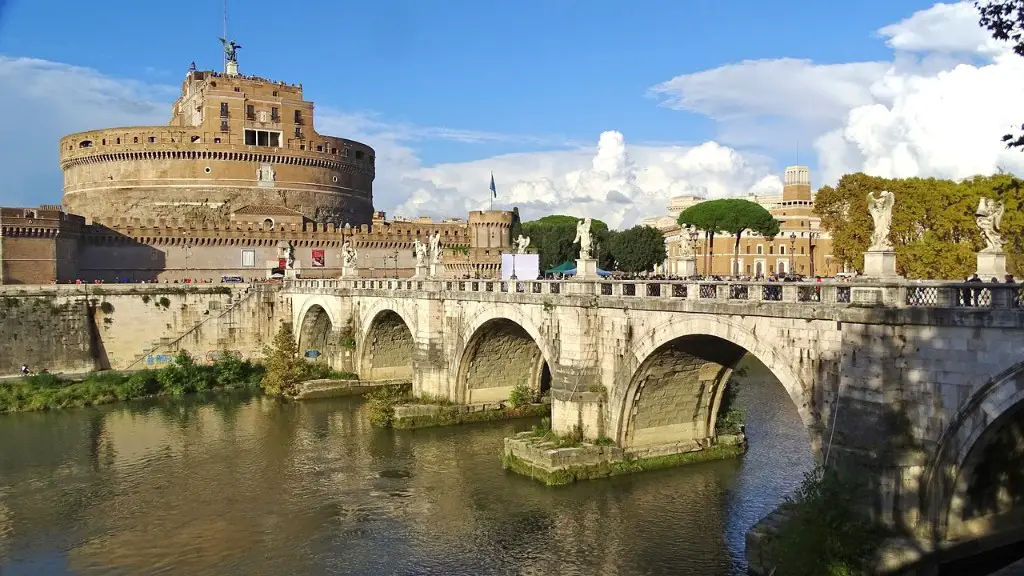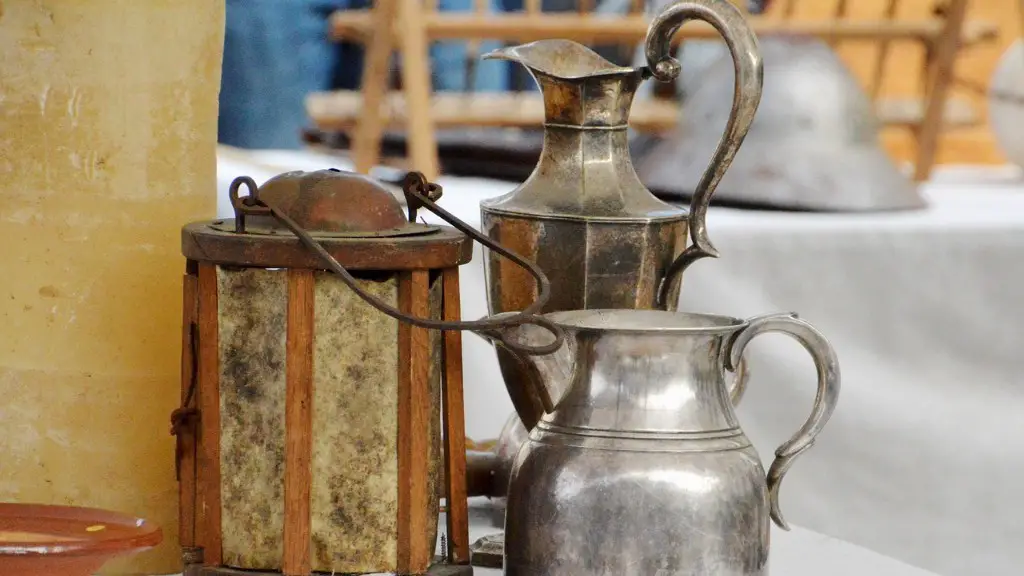An Overview of Ancient Roman Art
Ancient Roman art refers to the visual arts and architecture produced in the era of the Roman Republic and Roman Empire that began in 500 BCE. This period of art was heavily influenced by both Greek and Hellenistic cultural traditions, and it was during this time that some of the most iconic images and sculptures of Ancient Rome were produced. Though Ancient Roman art focused largely on the replication and expansion of already-existing forms, it was nonetheless one of the most influential periods of art history in terms of its influence on future art movements, including the Renaissance.
Ancient Roman art is best known for its realistic sculptures, which showcased a newfound dedication to the subject matter. This shift from classic Greek idealism and focus on philosophical messages towards neoclassicism and a focus on mortals and physicality wasn’t just seen in sculptures, but in the way art was displayed and enjoyed in the Roman Empire. Unlike Ancient Greece, art wasn’t art to be worshipped, it was art to be viewed and studied. This meant that instead of putting art in places of worship, art was much more visible in the everyday lives of Ancient Romans.
The appreciation and importance of art in Ancient Rome was not just focused on the aristocracy as was in Ancient Greece, but on all aspects of life. This is particularly evident in the popularity of murals, which adorned the walls of grand villas and complexes, as well as the walls of simpler dwellings. Murals allowed everyday people to appreciate art in their own homes, without having to travel to the public museums or art galleries.
Influence of Ancient Roman Art Through the Ages
Though Ancient Rome had its own distinct style in terms of its use of art and architecture, it had a huge influence on art and architecture through the Renaissance and beyond. Renaissance art, particularly the sculptural works of Michelangelo, was heavily influenced by the panoramic vistas, realistic humans, and dramatic interpretations of characters from Ancient Rome. These depictions of powerful human figures are still considered classic representations of strength and power throughout the ages.
In addition to this effect on Renaissance art, Ancient Rome’s influence can be seen in the Western world’s appreciation of architecture. Through its use of the classic Grecian column, the building of the Colosseum, and its Mediterranean-style villas, Ancient Rome shaped what many see as the traditional visual of a building. This can be seen in everything from the post-Renaissance Cathedrals of Europe to the civic buildings of the United States, with many of these buildings featuring Greek-style columns and domes.
Yet perhaps the most long-lasting influence of Ancient Roman art was its embrace of the human form. This interpretation of the human body was revolutionary in its depiction of physical perfection, which created an ideal of beauty that is still prevalent today. From fashion magazines to modern art, the celebration of the human form has been taken from Ancient Rome, regardless of its historical relevance or accuracy.
Explore Ancient Roman Art In Museums
For those looking to further explore Ancient Roman art, there are a multitude of museums around the world that feature classical stone sculptures, pottery, and coins from the era. London’s British Museum, New York City’s Metropolitan Museum of Art, and the Hermitage in Saint Petersburg, Russia all feature extensive collections from the period. Museums that focus on Greco-Roman art, such as the Acropolis Museum in Athens, Greek, provide an even deeper dive into the rich artistic and cultural heritage of the time.
For those looking to explore Ancient Rome’s architecture, a visit to the city itself offers an in-depth look into many of the iconic structures from its past. Both the Colosseum and the Forum Romanum provide deep insight into the way architecture and city planning were used in Ancient Rome. Beyond the city itself, the ruins of Ancient Rome proliferate around the world, from the remains of Pompeii in Italy to Hadrian’s Wall in the United Kingdom. By exploring these ruins, visitors can get a sense of not just the style of Ancient Roman architecture, but how its visuals fit into the greater archaeological history of the region.
Summary of Ancient Roman Art
The art of Ancient Rome was revolutionary in its usage and interpretation of the human form, and its use of art in everyday life. It had a profound effect on post-Renaissance art, particularly in its use of realistic interpretations of human figures and its approach to architecture. For those looking to explore Ancient Roman art, there are many museums and ruins around the world that offer visitors insight into this captivating period of art history.
The Cultural Impact of Ancient Roman Art
The art and architecture of ancient Rome have had a profound impact on the culture of the Western world. Its realistic depictions of the human form are still celebrated in art, Fashion, and cuisine,with many elements taken from Ancient Rome to this day. Beyond this, its architecture has shaped much of the way we view the visual representation of a building.
The close relationship between gods and humans that was featured in Ancient Roman art not only plays into the notion of grandeurs, but highlights the religious aspects of the culture. Ancient Roman beliefs and divinity are also still alive today in modern religions, recognising and honouring the gods of Olympus in cornerstone pieces of Western culture. As such, these symbols and visuals of Ancient Roman art continue to carry an undeniable cultural impact throughout the ages.
Contextualising Ancient Roman Art
Though Ancient Roman art is seen as a huge success and integral part of art history, it is also important to contextualise the period within the political and cultural climate of the Rome. Human triumphalism was a common theme in Ancient Rome, and much of the art depicting this idea was used to exercise control over conquered lands, serve as a clear representation of the power of the Roman Empire, as well as emphasize the position of the ruling class.
In a similar way, many of the villas and palatial housing of the aristocracy featured art, décor, and murals that selected sought to emphasize and maintain their status. From the grandeur of the Colosseum and the Pantheon to the intricate mosaic tiles and marble stairwells, the look and feel of Ancient Rome was carefully curated to valourise the power of the Roman Empire.
Questions Posed By Ancient Roman Art
The influence that Ancient Roman art has had on the present day cannot be understated, yet in studying its cultural fabric, there are many questions posed. How much of our current understanding of bronze and stone sculpture is due to this period? What other aesthetic qualities remains relevant to this day? Most importantly – how did the art of Ancient Rome contribute to shaping what is considered beautiful and powerful in modern times.
Finally, Ancient Roman art still has something to teach us about the interrelationships between art and politics. Whereas many Ancient Greek forms were idealistic, Ancient Rome celebrated power, status and human grandeur in its art – how much of this remains relevant to political art today? How can we draw upon the lessons of Ancient Rome when it comes to presenting and interpreting ideas in art? These are just some of the questions that present themselves when analysing the impact of Ancient Roman art.



